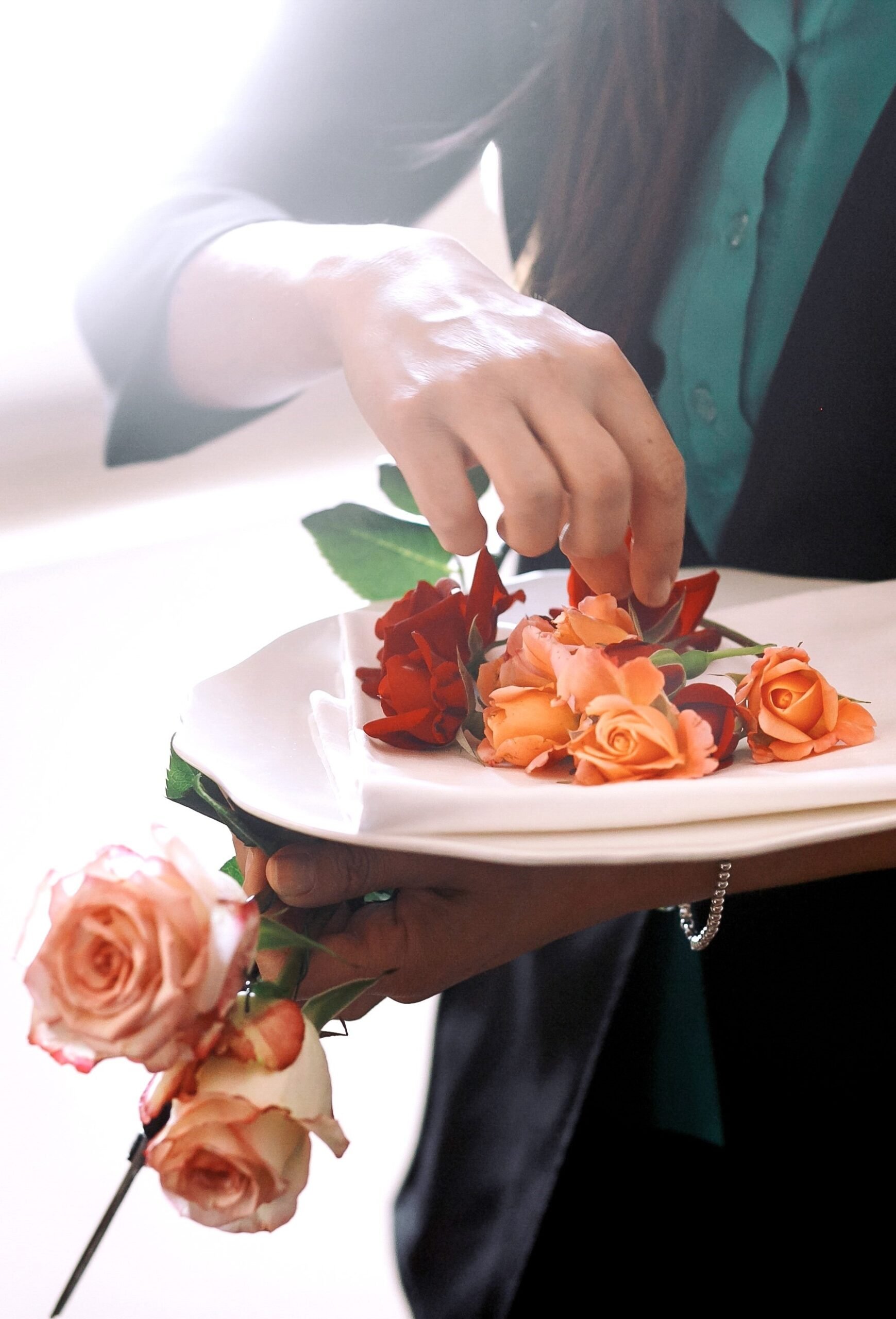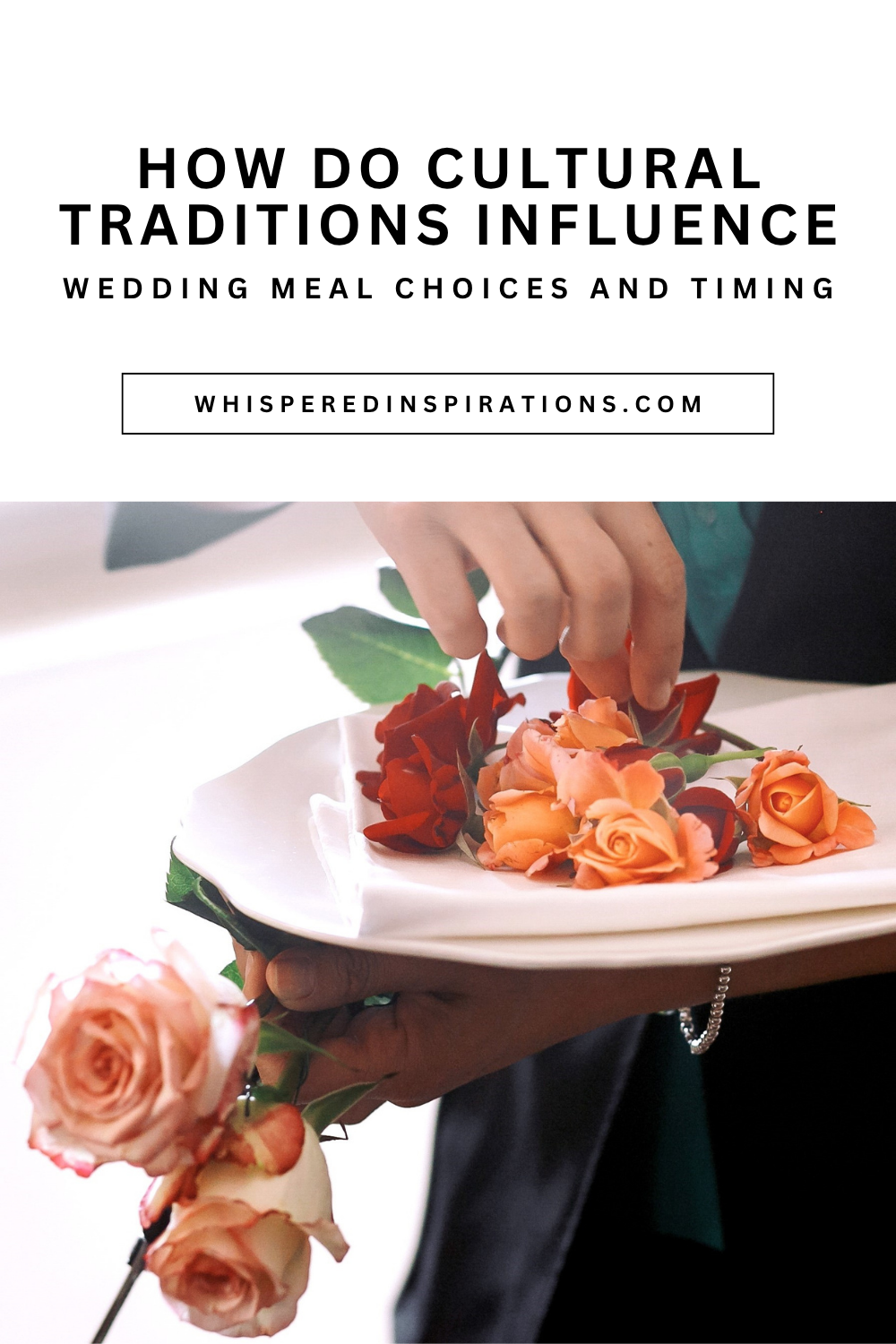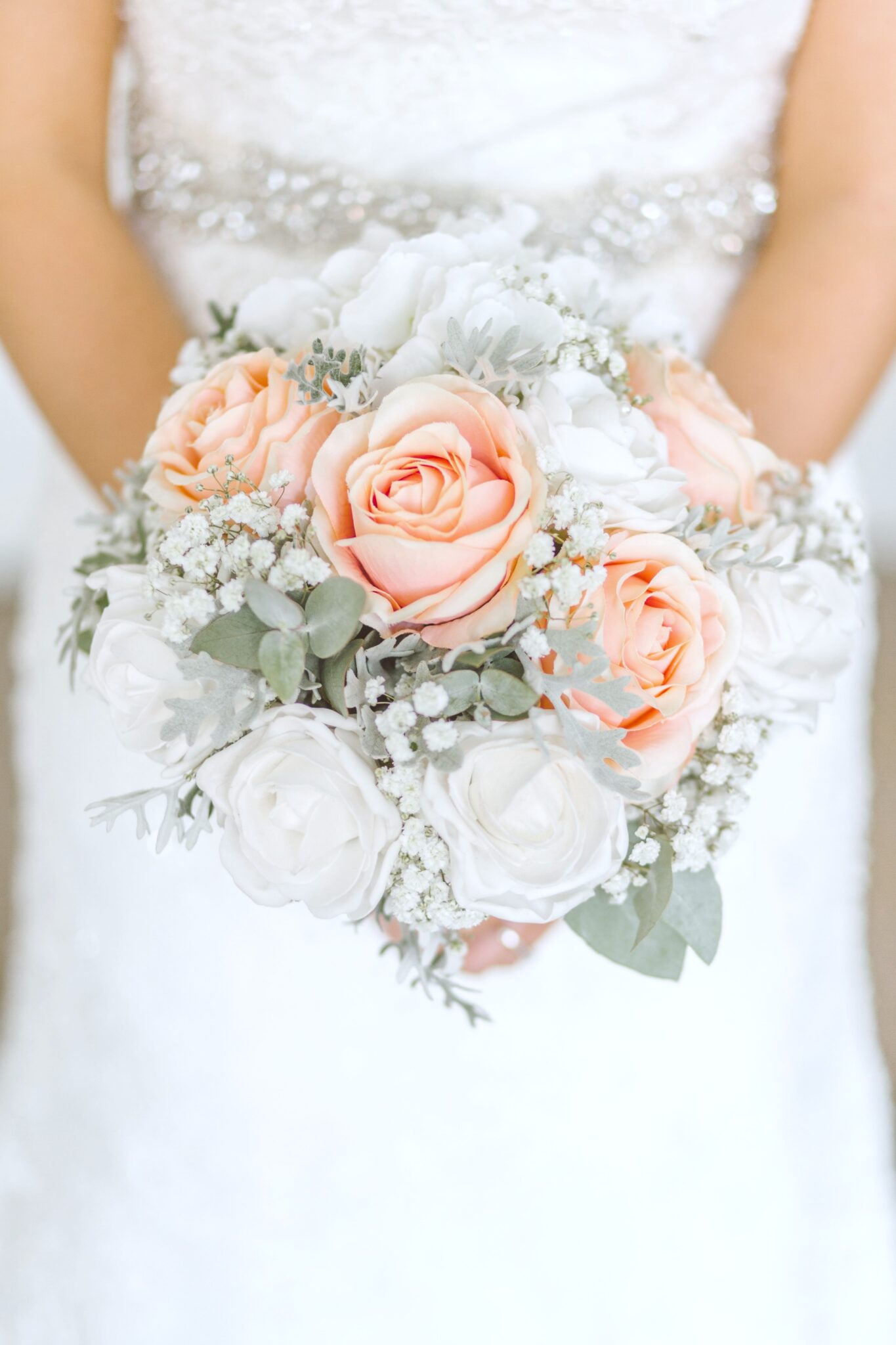How Do Cultural Traditions Influence Wedding Meal Choices and Timing?

How Do Cultural Traditions Influence Wedding Meal Choices and Timing?
Cultural traditions shape wedding meals by guiding what foods are served, the order of each course, and when the meal takes place during the celebration.
From sharing symbolic dishes to choosing special ingredients, families use food to express heritage and mark new beginnings.
In some cultures, dishes like roasted duck or rice hold deeper meanings, such as peace or abundance, and are served at certain moments during the event.
Weddings are more than just food—they tell stories of family, tradition, and love through every plate.
The timing of the meal, whether it happens before, during, or after special ceremonies, often reflects long-held customs passed down through generations.
While you plan your special day or explore a wide range of beautiful wedding dresses, understanding how these traditions influence meal choices and timing can help make your celebration more meaningful.
Traditional Influences on Wedding Meal Choices
Your wedding menu can reflect many traditions, such as the foods of your region, religious rules, meaningful symbolic dishes, and the influence of family customs.
The meal you serve often tells a story connecting family, faith, culture, and past generations.
Regional and Cultural Cuisines
Regional dishes are typically at the heart of wedding meals. People usually pick foods from their local area or ancestral homeland because these flavors remind them of home.
For some, it means serving spicy foods from one part of the world or savory dishes from another.
Including local or traditional favorites can make guests feel more connected to your culture.
The menu might feature items that are only eaten on special occasions, or dishes that are difficult to find outside your country or community.
Sometimes, couples want to blend two backgrounds, which creates a unique “fusion cuisine” that honors both families.
Religious Dietary Guidelines
Religious rules typically influence what is served at a wedding. Certain religions ask you to avoid food types, follow fasting rules, or use special cooking methods. Some weddings may be strictly vegetarian or not include certain meats.
For example:
- Jewish weddings might feature kosher meals, following rules about meat and dairy.
- Muslim weddings often offer dishes prepared using halal guidelines.
- Hindu weddings commonly serve vegetarian meals for religious reasons.
Couples may need to check with religious leaders or family members to make sure the food meets these guidelines. Guests will notice and appreciate this respect for faith.
Ceremonial Foods and Symbolism
Many weddings include special foods or treats that have a deeper meaning. These foods often symbolize luck, happiness, wealth, or good health.
They are not just about taste—they play a role in the ceremony or tradition.
For example, a couple in one country might share a sweet cake that stands for a sweet life together, while another culture might serve bread or rice as a sign of wealth and new beginnings.
In the southern U.S., certain menu items often have stories and symbolism attached, which adds layers of meaning to each dish.
Generational and Family Traditions
Family recipes and generational favorites are often an important part of the celebration. You may serve foods that your parents, grandparents, or even great-grandparents once enjoyed at their weddings.
This honors family history and keeps traditions alive.
Bringing in old recipes can start conversations and help guests feel connected to your story. These dishes might include a special soup, a homemade dessert, or a shared family favorite.
When passed down, these foods carry memories and deepen the meaning of the meal. Your menu may reflect how families shape food choices over time, sometimes mixing old traditions with new ideas.
Timing of Wedding Meals Across Cultures
Wedding meal timing is shaped by tradition, beliefs, and local habits. The time you eat at a wedding frequently matches cultural rituals and customs, and even the season or location can play a big part.
Significance of Meal Timing in Rituals
Many wedding ceremonies plan meal times around meaningful rituals and traditions. For example, some cultures serve meals only after the couple completes important rites such as prayers, blessings, or symbolic rituals.
Delaying a meal until these steps are finished shows respect for family customs and gives the wedding meal deeper meaning.
In some traditions, the exact meal time may be set by an elder or spiritual leader. The timing might mark the end of fasting or a key moment in the wedding proceedings.
Guests may expect to wait until the right time, making patience part of the celebration.
These traditions can make the meal feel special and help create lasting memories. It also encourages everyone to take part in rituals before enjoying the food.
Daytime Versus Evening Celebrations
Weddings are often held at different times of day in different cultures, which changes when the main meal is served.
For example, some cultures favor daytime ceremonies, so you might enjoy lunch or a late afternoon meal with lighter dishes and refreshing drinks.
In other places, weddings begin in the evening and meals are served after sunset. This can mean several courses late at night or even into the early morning.
You may notice richer foods or longer meal services during nighttime weddings. The setting can feel more festive, and many guests expect extended celebrations.
Some cultures may even offer both lunch and dinner if the ceremony lasts all day.
The timing is typically planned, so guests do not go hungry while important events take place.
Seasonal and Regional Timing Variations
The time of year and the climate may change when wedding meals are served. In warmer areas or summer weddings, couples often plan for cooler parts of the day.
For example, outdoor meals might be timed for sunset or the later evening, when temperatures drop and the setting feels more comfortable.
In colder regions or during winter, the main meal might happen earlier, when it is still warm and bright outside.
You May Also Like:
- Getting Your Garden Ready For Summer Fun
- Best Reasons to Hire a Wedding Caterer
- How to Plan the Perfect Wedding
- 10 Things to Consider for Your Wedding Day
Large midday meals can help keep guests warm and happy. Some regions are known for celebrating weddings at sunrise, starting with breakfast or early morning feasts.
Local farming or festivals can also affect meal times.
For instance, you might find meals planned around harvest seasons, when fresh local ingredients are available and the mood is festive.
TL;DR
Wedding meals are deeply shaped by cultural, regional, religious, and family traditions. From the dishes served to the timing of the meal, every detail can carry symbolic meaning.
Like rice for abundance or sweets for happiness.
Whether it’s honoring religious dietary rules, serving generational recipes, or blending two heritages into a fusion menu, food becomes a powerful storyteller.
Even when the meal is served—day or night, before or after rituals—reflects long-held customs, making each wedding celebration a meaningful expression of love, heritage, and community.
How do you think cultural traditions influence wedding meal choices?
Let me know, til then—cheers m’deres!

PIN FOR LATER:


Nancy Polanco is a freelance journalist, lifestyle content creator, and editor of Whispered Inspirations. She is a proud Mom to Gabby and Michaela and partner and best friend to Darasak. Having worked as part of a health care team for almost a decade, Nancy is happy to be back to her passion. She is a contributor to the Huffington Post, TODAY’s Parents, and an Oprah Magazine Brand Ambassador.






